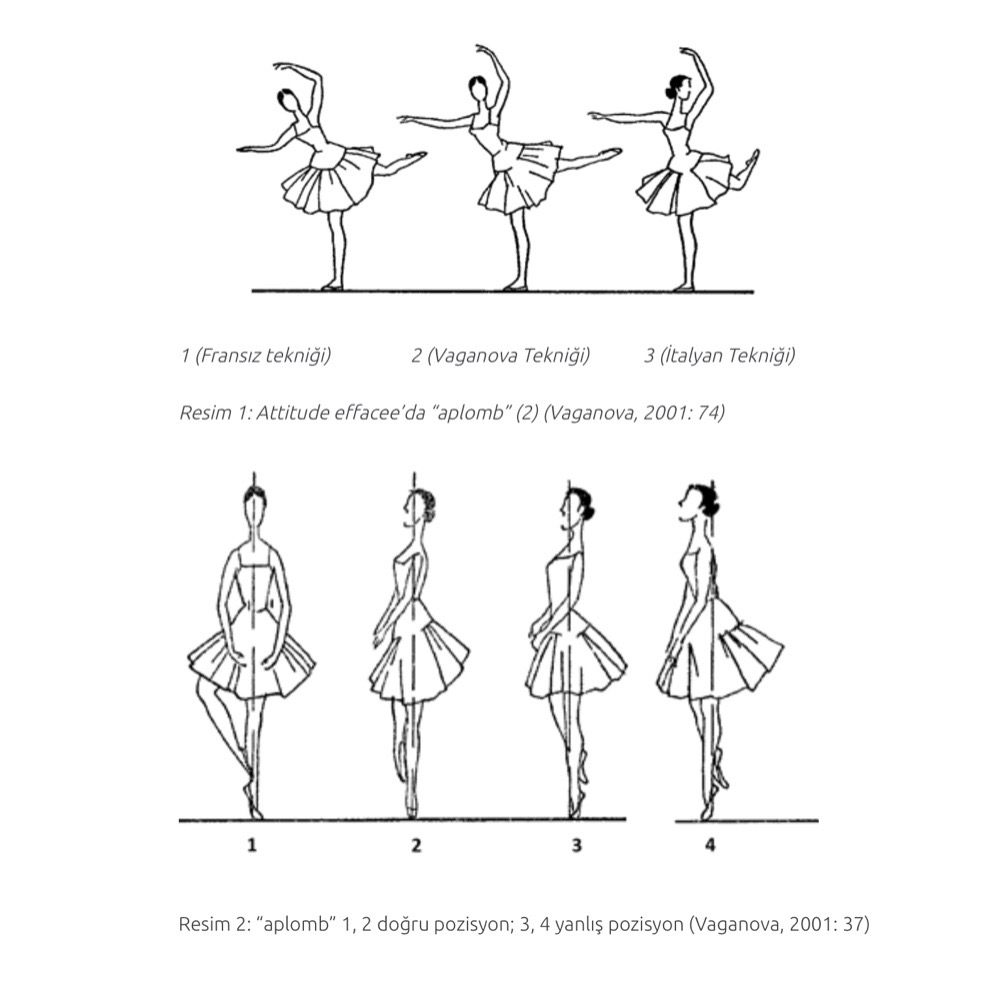Let's Get to Know Agrippina Vaganova
Agrippina Yakovlevna Vaganova, who is Soviet, is the daughter of Yakov Timofeevich Vaganov, who worked as ticket controller and special assistant conductor at the Mariinskiy Theatre. On June 26, 1879, St. She was born in St. Petersburg. At the age of ten St. Petersburg ballet School, Agrippina received ballet training under the leadership of Yevgeniya Sokolova. In addition, he had the opportunity to work with names such as Alaksandr Olakov, Anna Johansson, Pavel Gerdt, Vladimir Stepanov, who were famous dancers and trainers of the period while he was at school. After completing her schooling in 1897, Vaganova was accepted to the Mariinskiy Theatre, thus starting her professional dance career.
Agrippina, who previously danced in corps and ballet, succeeded in taking solo roles after 3 difficult years in the company. Her first solo dance in 1900 was a small role in The Awakening of Flora, choreographed by Marius Petipa and starring Anna Pavlova. After Tamara Karsavina's sprained ankle, the first work in which Agrippina played the leading role is the Chopiniana ballet, choreographed by Fokin. Agrippina, who was highly acclaimed with this performance, managed to get the title of lead role / Prima dancer in the Mariinsky theater 1 year later.
Agrippina danced in important works such as La Source, Swan Lake, The Little Humpbacked Horse, The Pearl and La Bayadére during her time working in the theatre. She has been called the "Queen of Variations" because of the different technical nuances she used in the works she played throughout her career. He is a prima who has received great support from his teacher Gustav N. Legat throughout his entire career.
Education Method of Agrippina Vaganova
Agrippina did not find the teaching styles of her teachers adequate since her school years. She thought that the education of her head teacher, the Swedish Christian P. Johansson, was an ancient technique. For Agrippina, who was keen on new techniques, her teacher seemed old and heavy. She thought that the technique she was working with could be better. Therefore, Agrippina began to observe the Italian and French dancers around her from an early age. She liked the technique of Italian ballet artist Pierina Legnani very much. Her favorite was Olga Preobrazhenskaya, whose lessons she did not forget throughout her life.
Thanks to these lessons, Agrippina had the opportunity to explore the differences and similarities between the Italian and French schools, and eventually she was able to combine French romanticism, Italian strength and athleticism with Russian expression. The Vaganova Method requires the posture to be upright. According to him, it was only possible to make movements free with this technique. His technique does not place as much emphasis on strong and trained legs as French and Italian techniques. French and Italian techniques do not attach much importance to the back issue.
When all three techniques are compared in Picture 1, it can be seen that the Vaganova technique requires a strong waist to keep the body upright. The most important feature of the Vaganova Method is not to learn the movements in imitation, but why and how the movement is done, its features, connections and its results are based on good learning. The system he created is completely based on logic. Vaganova considers each step as "Dance" (the whole dance movement) by first combining the bar exercises, then the middle exercises, and finally the combination of these.

One of the most important academicians of classical ballet art, Agrippina Vaganova was given the title of Professor in 1934 by the Presidency of the USSR High Accreditation Board due to all these studies, her academic contributions to the art of dance, the method she created and the textbook she wrote. Vaganova, who was also given the title of State People's Artist of the Russian Federation in 1934, died in 1951 in Leningrad (St. Petersburg). Today, thousands of talented students are selected and continue their education with this education method in the Academy, which was established in the name of Vaganova in Russia, and those who successfully complete their education take part in highly successful shows.
Dame Ninettede, the founder and founder of Turkish ballet, has the following to say about Valois Vaganova: “Madame Vaganova's book should be in every professional ballet artist's library. This book is an extremely valuable book. It is possible to reach very valuable technical information in this book. All of Vaganova's savings are included in this book. I congratulate the Russian ballet school and offer my sincere regards
Tags : Let's Get to Know Agrippina Vaganova

